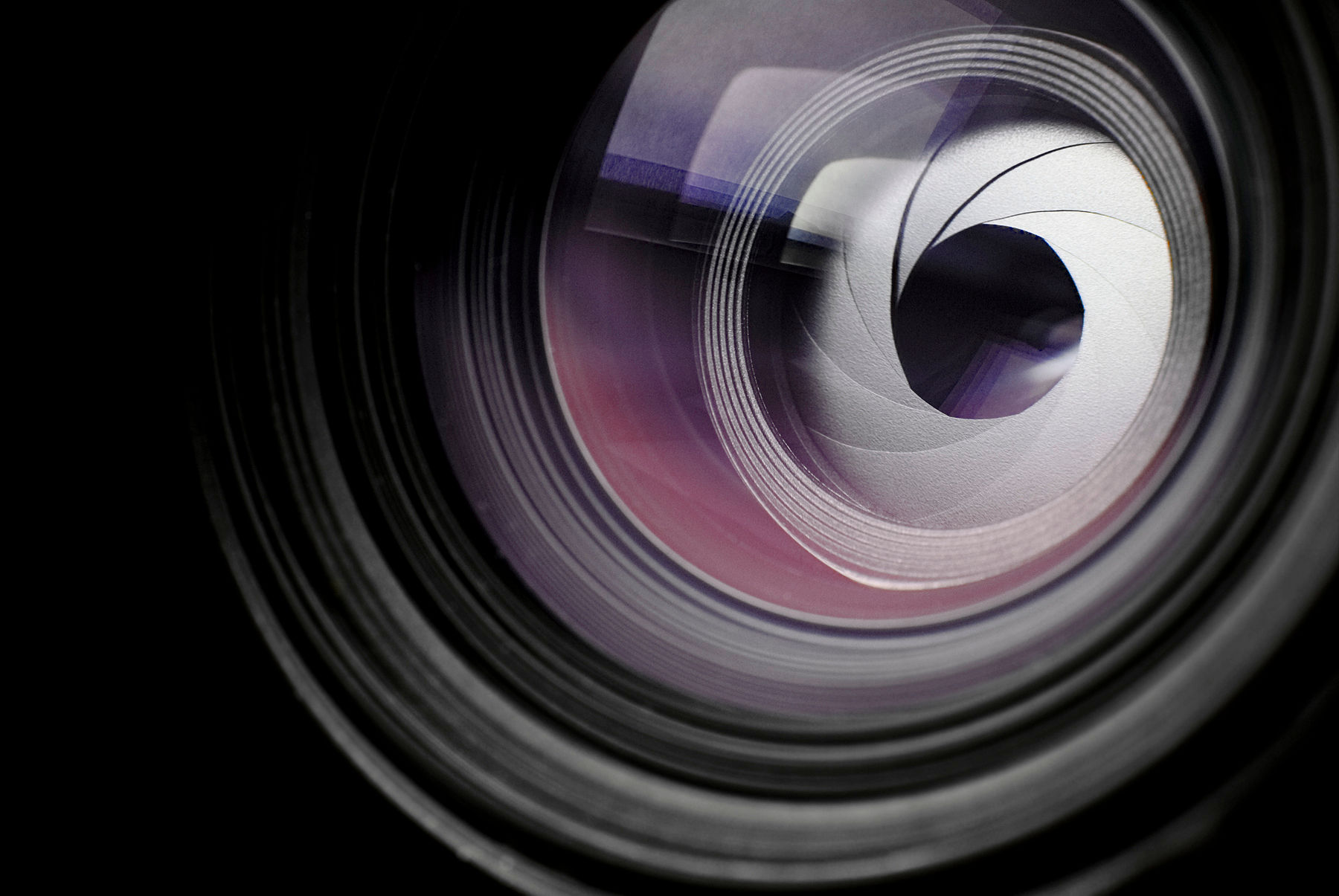Beginner's Guide to Choosing the Right Camera for Portraits
Understanding Your Needs
Choosing the right camera for portrait photography begins with understanding your specific needs. Are you a beginner looking to explore photography as a hobby, or are you aiming to build a professional portfolio? Knowing your goals will help narrow down the options. For beginners, ease of use and affordability might be priorities, while aspiring professionals might focus on advanced features.
Budget Considerations
Before diving into technical specifications, it's important to set a budget. Cameras can range from a few hundred to several thousand dollars. A reasonable budget allows you to explore entry-level DSLRs or mirrorless cameras that offer good quality without overwhelming complexity. Remember, investing in a decent lens is just as important as the camera body itself.

Types of Cameras
When it comes to portrait photography, two primary types of cameras are often recommended: DSLRs and mirrorless cameras. Both have their own advantages, but for portraits, either option can be suitable depending on your preferences.
DSLR vs. Mirrorless
DSLRs have been the go-to choice for many photographers due to their durability and extensive range of lenses. They offer an optical viewfinder, which can be beneficial in various lighting conditions. Mirrorless cameras, on the other hand, are more compact and often provide better video capabilities. They also have electronic viewfinders that show real-time exposure changes.

Key Features to Consider
When selecting a camera for portraits, certain features should be prioritized. Sensor size is crucial; full-frame sensors generally perform better in low-light conditions and offer superior image quality. Megapixels are important but not the only factor influencing image quality — anything above 20MP is usually sufficient for portraits.
Lenses and Aperture
The lens you choose can dramatically impact your portraits. Prime lenses with wide apertures (like f/1.8 or f/1.4) are favored for their ability to create a beautiful bokeh effect, blurring the background and highlighting the subject. A versatile 50mm or 85mm lens is often recommended for portrait photography.

Additional Accessories
Aside from the camera and lens, consider additional accessories that can enhance your portrait photography. A sturdy tripod helps stabilize your shots, especially in low-light settings. External flashes or reflectors can improve lighting, while spare batteries and memory cards ensure you're always ready to capture the perfect moment.
By considering these factors and understanding your personal photography goals, you'll be well on your way to choosing the right camera for capturing stunning portraits. Remember that practice and experimentation play significant roles in developing your skills, so start shooting and enjoy the journey!